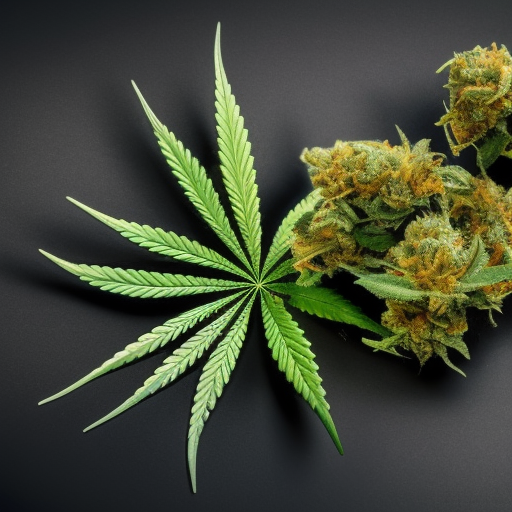
Yo, what’s good? It ain’t until you get deep into the study of that Mary Jane that you begin to really understand its anatomy, you know? There’s a bunch of folks out there who can tell you when they got some fire bud, whether it’s an indica-dominant hybrid or a sativa-dominant one. But not all of them know about the different parts of the plant, like the cola – that’s the flower at the end of the branch, and it’s also what we call the biggest bud on the main stem. Then there’s the bract, which is a green leaf with a teardrop shape covered in resin glands. And let’s not forget about the calyx – that’s the bud itself with a bunch of sugar leaves covered in trichomes, which is where all those sweet cannabinoids like THC and CBD and oils like terpenes are found. And then there are those big ol’ fan leaves, which are used for making edibles. The nodes are where those skinny stems grow from and where those fan leaves come out from.
But there’s another important part of the plant that not everyone knows about – the pistil. A pistil is basically a female sex organ on a cannabis plant, and those little hair-like strands sticking out from it are called stigmas. These stigmas collect pollen from male marijuana plants, and once they come into contact with that pollen, they get pollinated. When a pistil gets pollinated, it develops a seed and completes the plant’s life cycle. But as growers, we don’t want that to happen because if our female plants get pollinated, they start focusing on producing seeds instead of resinous flowers, which makes our weed less potent.
So how can we spot these pistils on young cannabis plants? Well, male plants usually develop preflowers before females, so within 3-6 weeks after germination for feminized seeds or regular seeds (which you can identify as male or female during this time), you should be able to spot preflowers on your plants. Look for those white hairs emerging from several nodes on the stem – that means you’ve got yourself a female plant! It might take up to 8 weeks of vegetative growth to confirm if your plant is female or not, so it’s always better to purchase feminized seeds from a trustworthy seller.
As your plants mature, you’ll notice those stigmas changing color from white to yellow to orange to red to brown depending on the strain. And as growers, we need to time our harvest just right – wait too long and the stigmas will dry out and turn dark brown while some of the THC degrades into CBN, which affects both taste and potency. Wait too little and you’re missing out on an extra potent harvest! So when at least 50% of those stigmas have changed color (70-80% for experienced growers), it’s time to harvest.
And don’t forget about those hermaphroditic plants that display pistils and stigmas but also produce pollen that can ruin your female plants! Stress can also cause female plants to develop intersex traits, so stick with one strain if you’re a beginner grower.
So there you have it – understanding cannabis anatomy means knowing about those important pistils and what they do. Keep an eye out for those changing colors and get that timing just right for an extra potent harvest!


Man, I been wonderin the same thing, why they be poppin up like that. Ain’t nobody got time for no weird hair on they herbs. We need that good good, ya feel me?